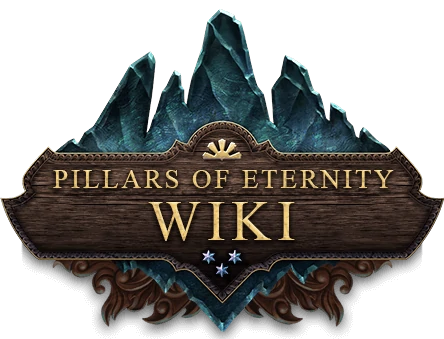This is covered heavily in the guidebook, and should be merged/replace with the content there, as not to simply repeat the content covered on other pages. I agree with having a page that covers the art of Watershaping, but perhaps later it should be merged with "Watershaper", the druid subclass, should it ever be made. Macklin (talk) 20:24, 22 June 2019 (UTC)
| Watershaping and Ngati's Covenant (Guidebook, page 46)
Watershaping is the oldest known tradition of the Huana and is widely considered the touchstone of their achievements. Using a combination of stances and mindsets, collectively referred to as “forms,” specially trained Huana are able to mold water like clay, easing it into semipermanent shapes with hand and thought. The breadth of possible applications for watershaping in the Deadfire is virtually endless, from the steering of tides to the taming of hurricanes and sinking of enemy fleets. Those who graduate from Neketaka’s famous Watershapers Guild assume the title of Storm Speakers and are loaned out to islands or Huana ships as needed. Their most common assignments involve shielding vulnerable settlements from flooding or unexpected storms. In times of peace, this would be the extent of a Storm Caller’s occupation. In times of great conflict, the Kahanga royal family use watershapers as expressions of might and displeasure. Presenting Storm Callers on the flagship of a Huana fleet is a gesture which has never failed to halt naval aggression. Even though watershaping is a practice that can be learned and developed over time, only the Huana have ever shown any adeptness for it. This is a mark of fierce cultural pride as far as the Huana are concerned. Knowledge of the forms is publicly available through the guild library, but studious outsiders have been unable to yield the same result as Huana acolytes. Why this is the case has never been fully understood, much to the irritation of the trading companies, who would grasp the power of watershaping with both hands were it possible. The Huana tell a very old myth about how their distant ancestors came upon the art, but it has been retold, translated, and interpreted to the point of being apocryphal. It tells that Ngati called her three most faithful and devoted worshipers to her watery realm. She dined with them in halls carved of coral and bone, and explained how she intended to express her gratitude for their years of long service. To Dūmu the Eldest, she gave the protection of the islands. He and his descendants would safeguard the archipelago, its land and its seas, from outsiders whose hearts were cold. To Tapua the Wise, Ngati gave the protection of the tribes, making him vow to uphold and defend the traditions of her chosen people. To the youngest, Tokima the Recaller, she gave the protection of the adra. The health of the Deadfire, she explained, was its adra. For so long as adra remained, the homeland of the Huana would thrive, and their prosperity would grow through the generations. Sealing this compact, Ngati gifted her three devoted followers with dominion over her realm of water. The ability to shape the very matter of the Deadfire would be theirs to possess and pass on to their families and tribesmen. With this great tool at their disposal, the Huana would reign as the kings and queens of the archipelago, uncontested and bearing the goodwill of the goddess for as long as they upheld their end of the bargain. If ever the Huana gave up their charges, then the gift of watershaping would depart from the isles forever. In recent times, few Huana find themselves capable of overcoming the mental strain that accompanies the forms of watershaping. The last practitioners of Ngati’s talent cleave together in the Watershapers Guild, the jewel of Neketaka and locus of Huana prosperity, where they study the old ways and ponder how they can reinvigorate their declining tradition. |
